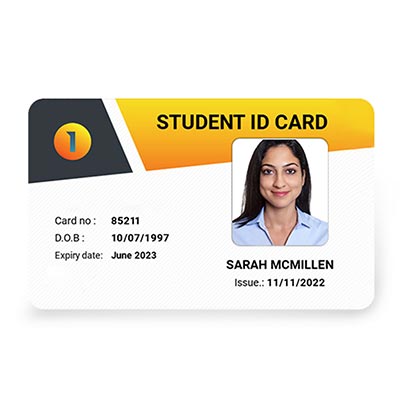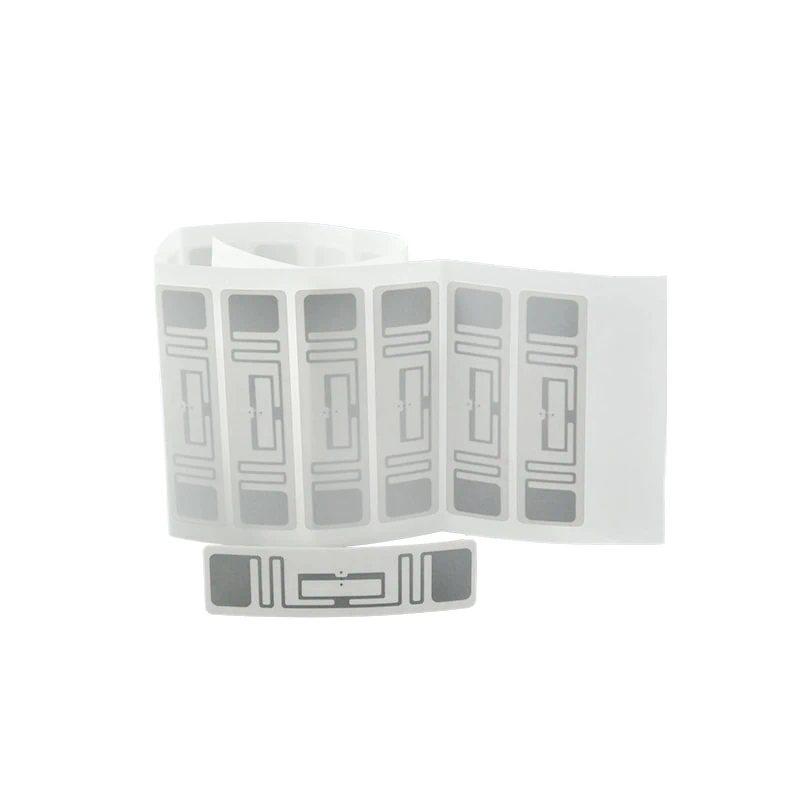1.Origin of IC and ID Cards
The IC (Integrated Circuit) card was invented in 1970 by a Frenchman named Roland Moreno. He was the first to place a programmable IC chip into a card, giving it more functions. The terms “IC card” and “magnetic card” are named from a technical perspective and should not be confused with application-based names like “credit card” or “phone card.” Since the introduction of the IC card, it has been referred to by various names internationally. In English, it is called “Smart Card” or “IC Card.” In Asia, particularly in Hong Kong and Taiwan, it is often called “聪明卡,” “智慧卡,” or “智能卡” (all meaning “smart card”).
(PS: In the past, these were called ID cards, short for “Identification Card.”)
2.Introduction to IC Cards
An IC card is an integrated circuit card. The chip in an IC card has the ability to write and store data, as well as assess the contents of its memory. The card is equipped with a chip that complies with ISO standards and has 6 to 8 contact points to communicate with external devices. IC cards can display colorful patterns and descriptive text according to ISO standards. Some of the contact points on the IC card and their definitions are:
- VCC: Power supply for the IC card
- GND: Ground
- VPP: Memory programming power
- CLK: Timing and synchronization of signals
- I/O: Input and output of serial data within the card
- RST: Reset signal
When an IC card is inserted into an IC card reader, the corresponding contacts connect, and the large-scale integrated circuit in the card begins to function.
3.Introduction to ID Cards
The full name of an ID card is an Identification Card. It is a non-writable proximity card containing a fixed number. Common types of ID cards include Taiwan SYRIS’s EM format and various ID cards from companies like the U.S. HID Motorola. Similar to magnetic cards, ID cards only use the “card number.” Besides the card number, the card does not have any security features, and the “card number” is public and exposed. Therefore, an ID card can be considered a “proximity magnetic card.”
The ISO standard dimensions for ID cards are 85.5 x 54 x 0.80 ± 0.04 mm (height/width/thickness). However, there are also thicker, thinner, or custom-shaped cards available on the market.
4.Differences Between IC Cards and ID Cards
- Main Component
- IC Card: Embeds a microelectronic chip into a card base that complies with ISO 7816 standards, forming a card.
- ID Card: A non-writable proximity card with a fixed number.
- Characteristics
- IC Card: It is small, easy to carry, has a large storage capacity, high reliability, long lifespan, strong confidentiality, and high security.
- ID Card: Besides the card number, there are no security features, and the “card number” is public and exposed. Thus, the ID card is essentially a “proximity magnetic card.”
- Application
- IC Card: Used in industries such as finance, transportation, healthcare, and identity verification. It combines microelectronics and computer technology, enhancing the modernity of work and life.
- ID Card: Mainly used for identity recognition in access control or parking systems. Since it doesn’t require a built-in power source, it operates without contact and has a long lifespan, making it widely used in low-power systems.
5. Detailed information on IC and ID cards.
| Card Type | Chip Name | Chip Name | Rewritable | Rewritable |
|---|---|---|---|---|
| IC Card | M1 Card | 13.56MHZ | ✘ | A standard card where block 0 (the card number block) is locked at the time of production and cannot be copied. It can only be authorized. This type of card is commonly used as a property card and is often referred to as an "authorization card." |
| IC Card | UID Card | 13.56MHZ | ✔ | This card can be repeatedly rewritten but cannot penetrate firewalls. |
| IC Card | CUID Card | 13.56MHZ | ✔ | This card can successfully copy UID cards that are ineffective when scanned. It can be used to perform copies in such situations. |
| IC Card | FUID Card | 13.56MHZ | ✘ | This card can be used to copy CUID cards that are ineffective when scanned, allowing for successful copies in such cases. |
| IC Card | UFUID Card | 13.56MHZ | ✘ | This card supports manual locking. Before it is locked, it functions as a UID card. After locking, it does not support rewriting. |
| IC Card | GTU Card | 13.56MHZ | ✔ | This card is used in rolling code anti-copy systems and supports repeated rewriting. |
| IC Card | GDMIC Card | 13.56MHZ | ✔ | This card is used in rolling code anti-copy systems and supports repeated rewriting. Its functionality is similar to that of a GTU card, but it is produced by a different manufacturer. |
| ID Card | T5577Card EM4305Card 5200Card | 125KHZ | ✔ | This type of ID card can be erased and rewritten, allowing for multiple uses and updates of the card information. |
| ID Card | F8268 Card | 125KHZ | ✔ | This card is used for copying ID cards that are ineffective when scanned, enabling successful copies in such situations. |






